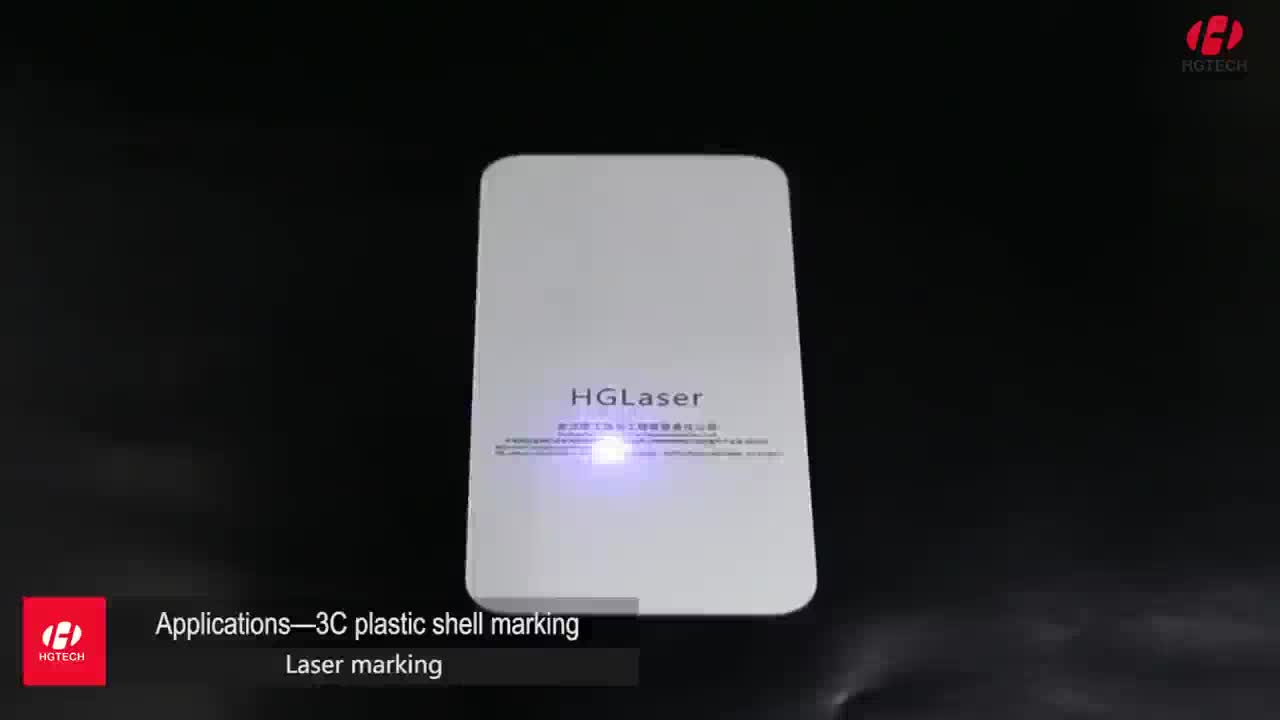
11, 12 Reports of screening performance have varied widely among different pilot programs. pseudodeficiency allele in the Asian population, generating a large number of false-positive results. 10 As a direct consequence, early newborn screening pilot programs for Pompe disease showed a high frequency of the c. 7, 8 At the genotype level, at least 563 variants are listed in the online database curated by Erasmus University, 9 almost 100 of which are classified as benign pseudodeficiency alleles that cause low enzyme activity in vitro with no associated clinical phenotype. 5 In the United States the overall incidence was initially estimated to be approximately 1:40,000, 6 but newborn screening now reveals a higher prevalence of Pompe disease ranging from 1 in 5,500 in Missouri to 1 in 28,000 in Washington with most infants identified being affected with late-onset Pompe disease. The incidence of Pompe disease of any phenotype varies greatly among different ethnicities, from an estimated 1:14,000 in African Americans 1 to 1:600,000 in a study from Portugal. But efforts to increase understanding and awareness of this previously untreatable condition have been under way since 2006, when recombinant human GAA was approved by the US Food and Drug Administration as enzyme replacement therapy. 3 The nonspecific and variable presentations that overlap with other, more common etiologies explain why Pompe disease is often undiagnosed in older patients.

2 Severity of this emerging multisystemic and progressive disease correlates best with length of time since onset of symptoms. Late-onset Pompe disease has been classified based on age at onset as childhood, juvenile, and adult-onset disease, but more recently classifications have been attempted that are based on symptomatology such as limb girdle and diaphragmatic weakness pattern, rigid spine syndrome, scoliosis, and cardiocerebrovascular pattern. Patients with infantile-onset Pompe disease suffer from cardiomyopathy, progressive cardiorespiratory decline, and death, usually by the end of the first year of life. 1 Traditionally, Pompe disease is classified in an infantile-onset and a late-onset variant. The CLIR tool inclusive of the new ratio could have prevented at least 12 of 13 (92%) false-positive outcomes.Īcid α-glucosidase (GAA) deficiency (Pompe disease glycogen storage disease type II OMIM 232300) results in different clinical phenotypes depending on age at onset, degree of organ involvement, and severity of muscle disease. Of the remaining five cases, three p.V222M homozygotes, a benign variant, were classified by CLIR as false positives two with genotypes of unknown significance, one likely informative, were categorized as Pompe disease. The CLIR tool showed 100% concordance of classification for the 24 known cases.
SCREEN MARKER TOOL NOT CENTERED VERIFICATION
Verification was by analysis of 39 blinded specimens that included 10 controls, 24 samples with a definitive classification (16 Pompe, 8 false positives), and 5 with genotypes of uncertain significance. The (Cre/Crn)/GAA ratio was measured in residual dried blood spots of five Pompe cases and was found to be elevated (range 4.41–13.26 99%ile of neonatal controls: 1.10). Using Collaborative Laboratory Integrated Reports (CLIR), the new marker was incorporated in a dual scatter plot that can achieve almost complete segregation between Pompe disease and false-positive cases. The new marker is a ratio calculated between the creatine/creatinine (Cre/Crn) ratio as the numerator and the activity of acid α-glucosidase (GAA) as the denominator.

Locations & locations.To describe a novel biochemical marker in dried blood spots suitable to improve the specificity of newborn screening for Pompe disease.

Markers.map((marker: any, index: number) => ( Import, ) // "" makes sure the effect will run only once. For those looking for a dynamic (e.g., from API), rather than hardcoded coordinates here's the copy/paste snippet from one of the screens automatically generated by Expo CLI, included React Hooks: import axios from "axios"


 0 kommentar(er)
0 kommentar(er)
